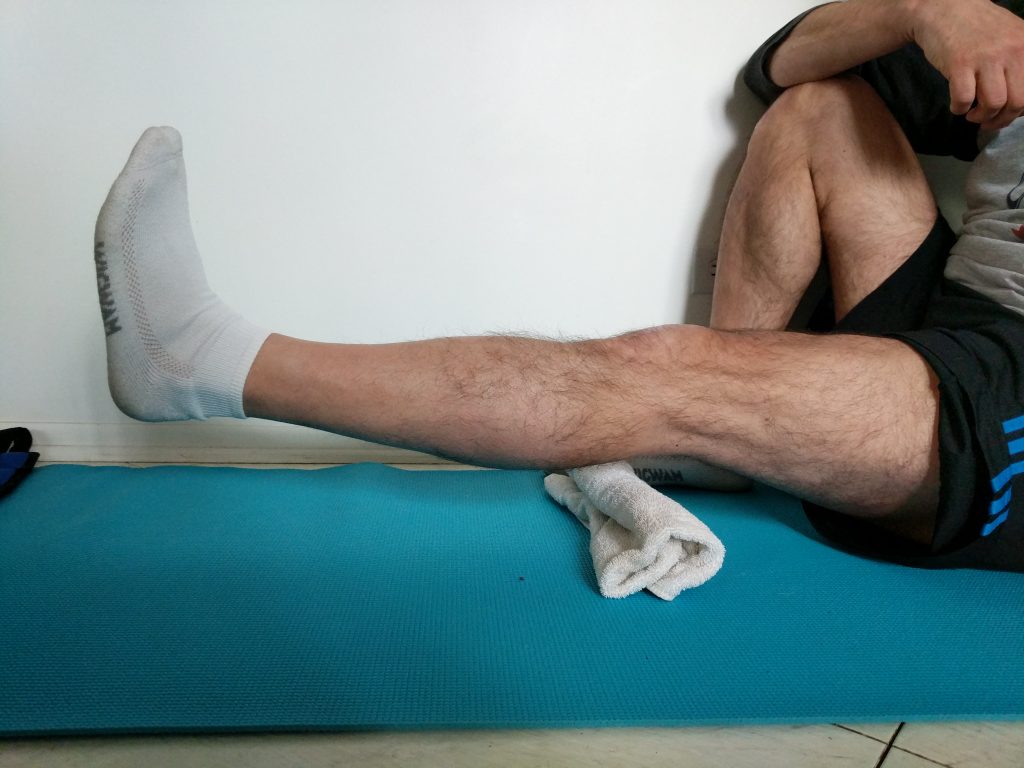
Tendinitis
Tendinitis is a repetitive movement injury that does not have to come specifically from exercise. Repetitive movements in everyday life and playing sports (gardening, raking, house cleaning, painting, tennis) can cause tendinitis. It can occur anywhere in the body where a tendon connects to a bone, but is most common in wrists, shoulders, knees and elbows where joint motion occurs.

Avoid using the affected area until pain and swelling have subsided
After swelling and soreness have subsided reduce weight load in affect area
Band workoutContinual icing after exercising
Minimize the “negative” workload of an exercise movement. (Example – downward movement of an arm curl is the negative movement)
Use bands instead of machine weights in affected area – bands have very little affect on the “negative” movement of an exercise.
Don’t start any exercise program until you talk to your doctor. Exercises that may be good for one person may not be right for you.

Improve range of motion
Adjust future workouts to focus on improving area that was affected.
Example – If tendinitis was in shoulder, addressing postural issues may help prevent future occurrences.
Strengthen muscles are the affected area, that may be weak. Weak surrounding muscles may force the affected area to work harder than normal to compensate for the lack of support around them.

Gentle range of motion
Easy intensity of the affected area
Follow the specific guidelines from your physical therapist or trainer

When possible use minimal joint movement in an exercise around the affected area.
Example – To strengthen quad muscles (front of the leg/above the knee area) do straight leg raises instead of leg extensions or squatting until the tendinitis is gone.
Straight leg raises
Using elastic bands for exercise will reduce the stress on the joints
Focus on controlling the affected joint range of motion. Do not force any exercise to the point of discomfort.
Include stretching into your routine
